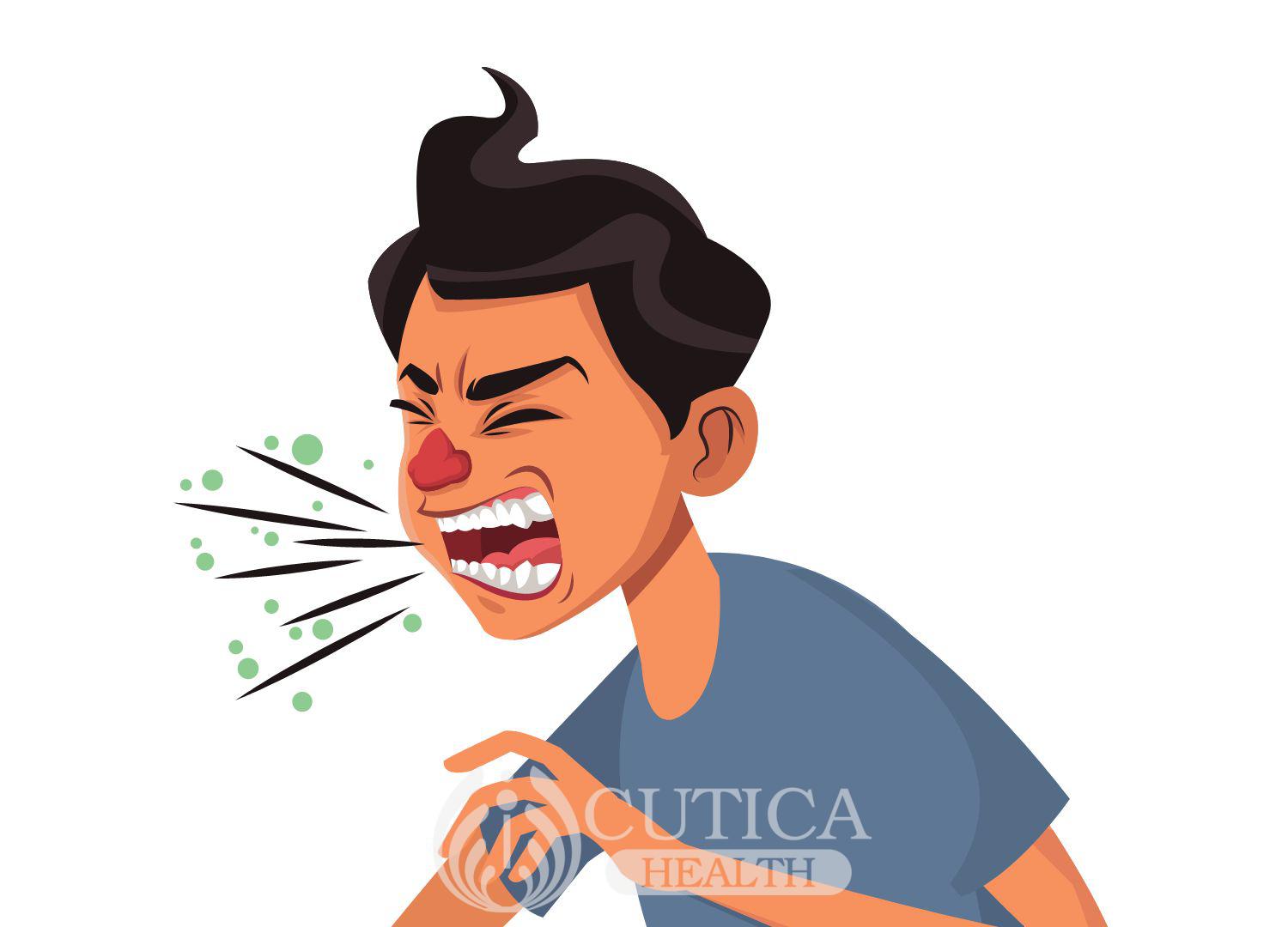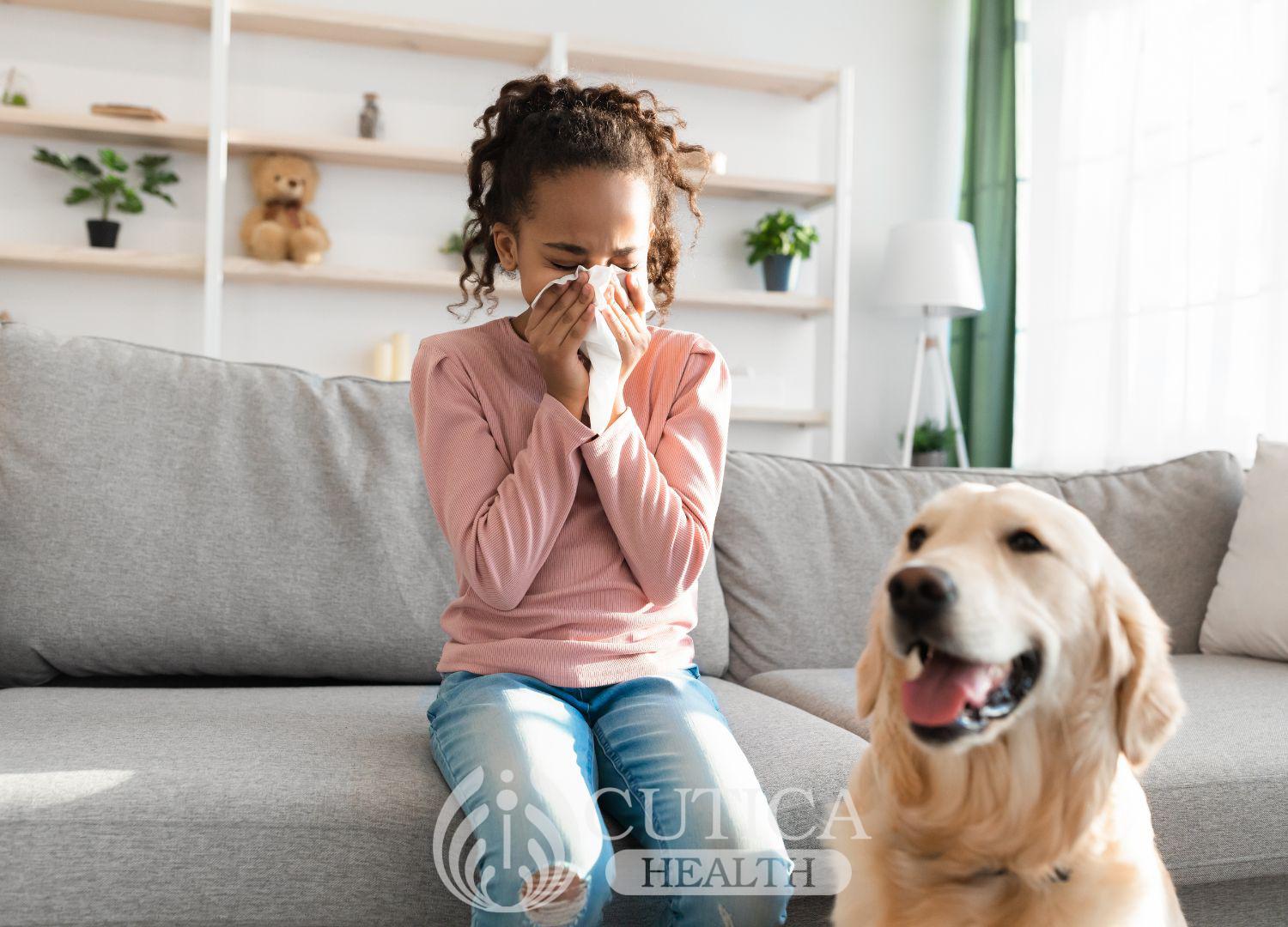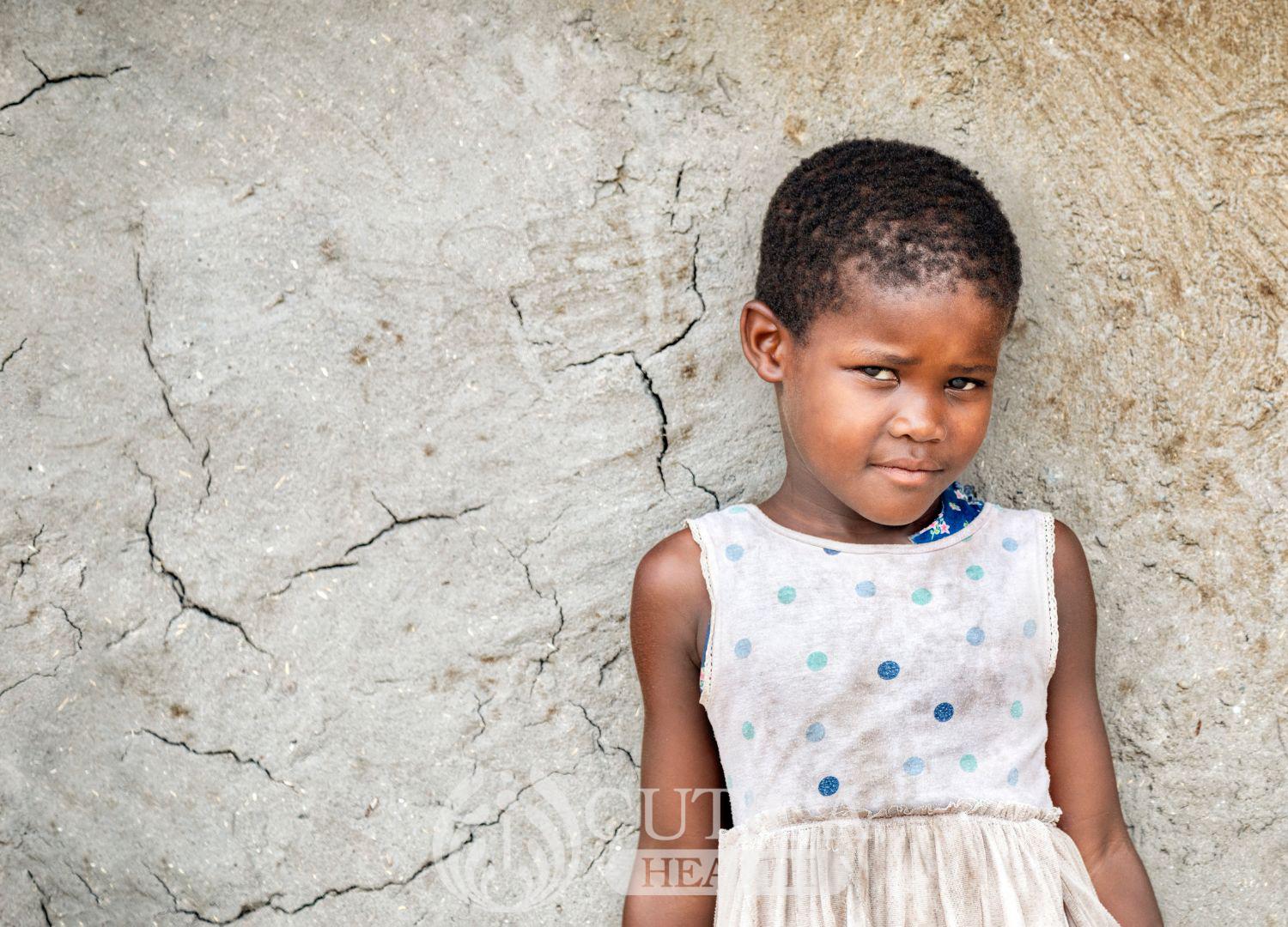
Barakat noticed her infant son was coughing about two days ago. She bought some over-the-counter cough syrup, hoping the cough would subside after using the drugs. But last night was horrible, as her son did not sleep a wink. His cough was so bad that he looked like he was losing his breath. She noticed that he would cough so loudly that the whole neighbourhood could hear him, and the cough sounded strange, unlike any other cough she had heard. So, she went to the hospital the following day.
Whooping cough, medically known as pertussis, is a highly contagious respiratory infection that primarily affects infants and young children. While it can be a mild illness in adults, it can pose severe complications for vulnerable individuals.
Let’s delve into the symptoms, causes, and prevention strategies of whooping cough.
How do I know if my child’s cough could be whooping cough?
Whooping cough typically progresses through several stages. The symptoms resemble those of the common cold in the early stages but become more severe over time. Some initial symptoms include:
a) Runny or stuffy nose
b) Mild cough
c) Sneezing
d) Low-grade fever
e) Fatigue 
As the infection progresses, the distinctive whooping sound may occur during coughing fits, accompanied by the following:
a) Rapid coughs in a series
b) Intense and uncontrollable coughing that can last for several minutes
c) Difficulty breathing or catching a breath after coughing
What causes whooping cough, and how is it transmitted?
Whooping cough is caused by the bacterium Bordetella pertussis . It spreads when an infected person coughs or sneezes, releasing infected droplets into the air that are then inhaled by others nearby.
Infants and young children who have not been fully vaccinated are at the highest risk of contracting the disease. |
How do I prevent whooping cough?
a) Vaccination: The most effective way to prevent whooping cough is through vaccination. The DTaP vaccine is given to infants and children in a series of doses. It provides immunity against diphtheria, tetanus, and whooping cough (pertussis). Additionally, adults and adolescents can receive the Tdap booster vaccine to maintain protection.
b) Cocooning Strategy: To protect vulnerable infants who have not completed their vaccination schedule, parents, siblings, and caregivers must be up-to-date with their pertussis vaccinations.
c) Good Hygiene Practices: Frequent handwashing, covering the mouth and nose while coughing or sneezing, and avoiding close contact with individuals showing symptoms of respiratory infections can help reduce the risk of transmission.
d) Early Diagnosis and Treatment: Prompt diagnosis and treatment of whooping cough are essential to prevent complications and reduce the spread of the disease. If you suspect you or your child have whooping cough, consult a healthcare professional for diagnosis and appropriate management.
What can happen after whooping cough?
While whooping cough can be mild in some individuals, it can lead to severe complications, especially in infants and young children. Potential complications may include:
a) Pneumonia
b) Ear infections
c) Seizures
d) Brain damage from lack of oxygen during coughing fits
e) Weight loss and malnutrition in infants
Conclusion

Whooping cough is a highly contagious respiratory infection that requires attention and preventive measures, particularly in infants and young children. Vaccination, good hygiene practices, and early diagnosis are necessary to prevent the spread of the disease and reduce complications.












